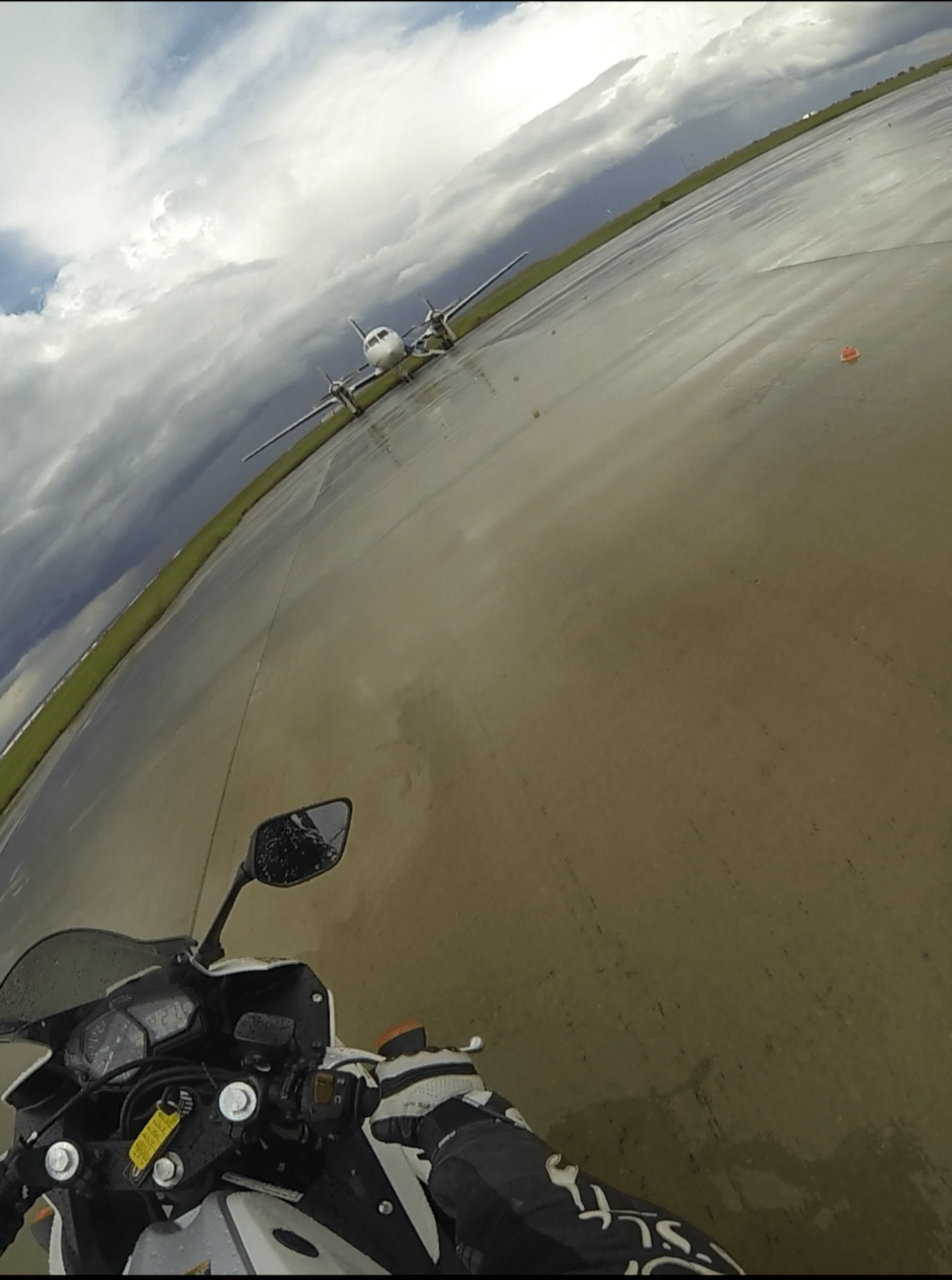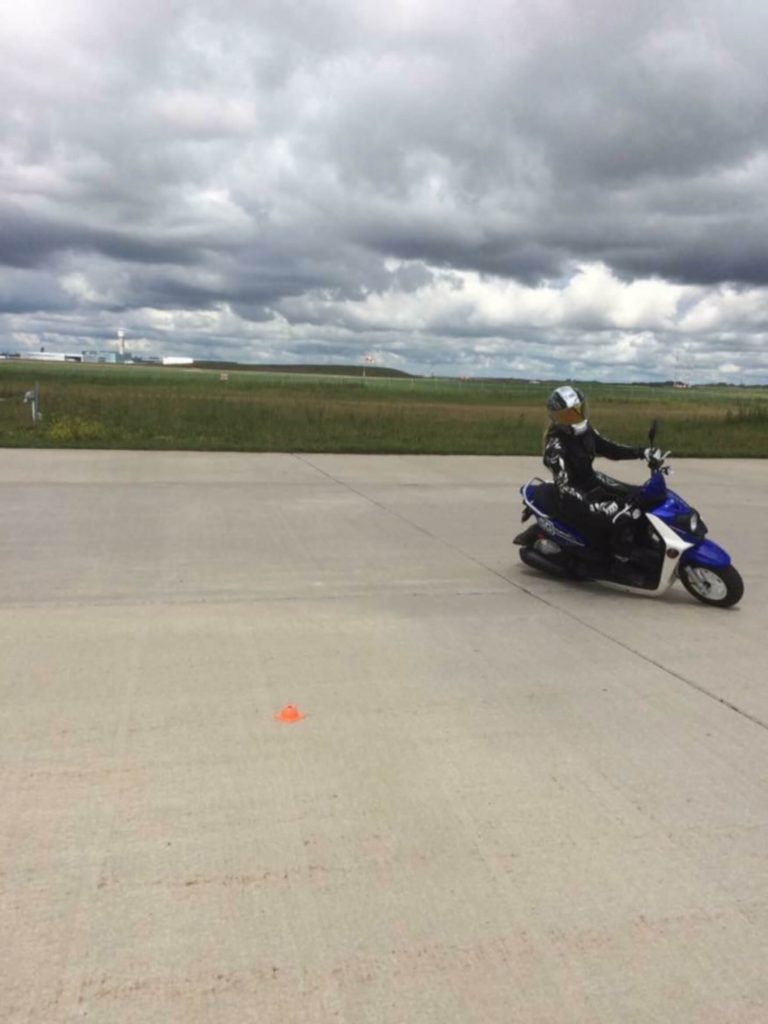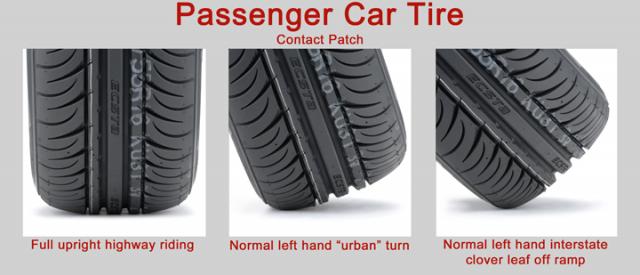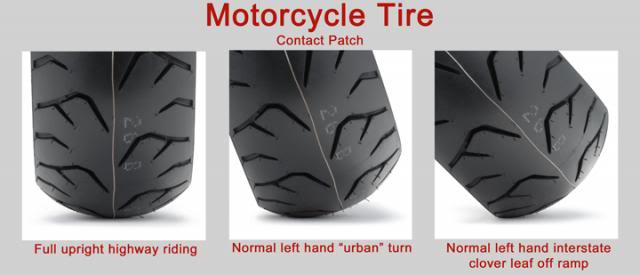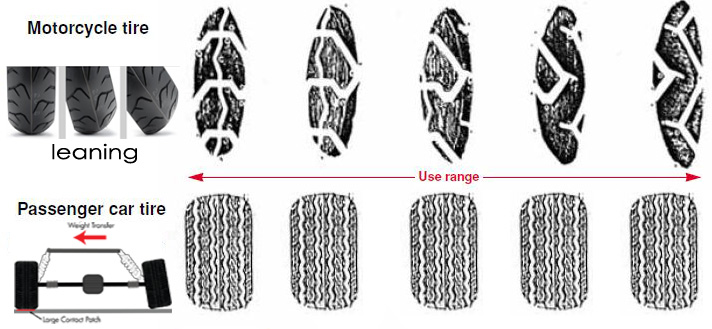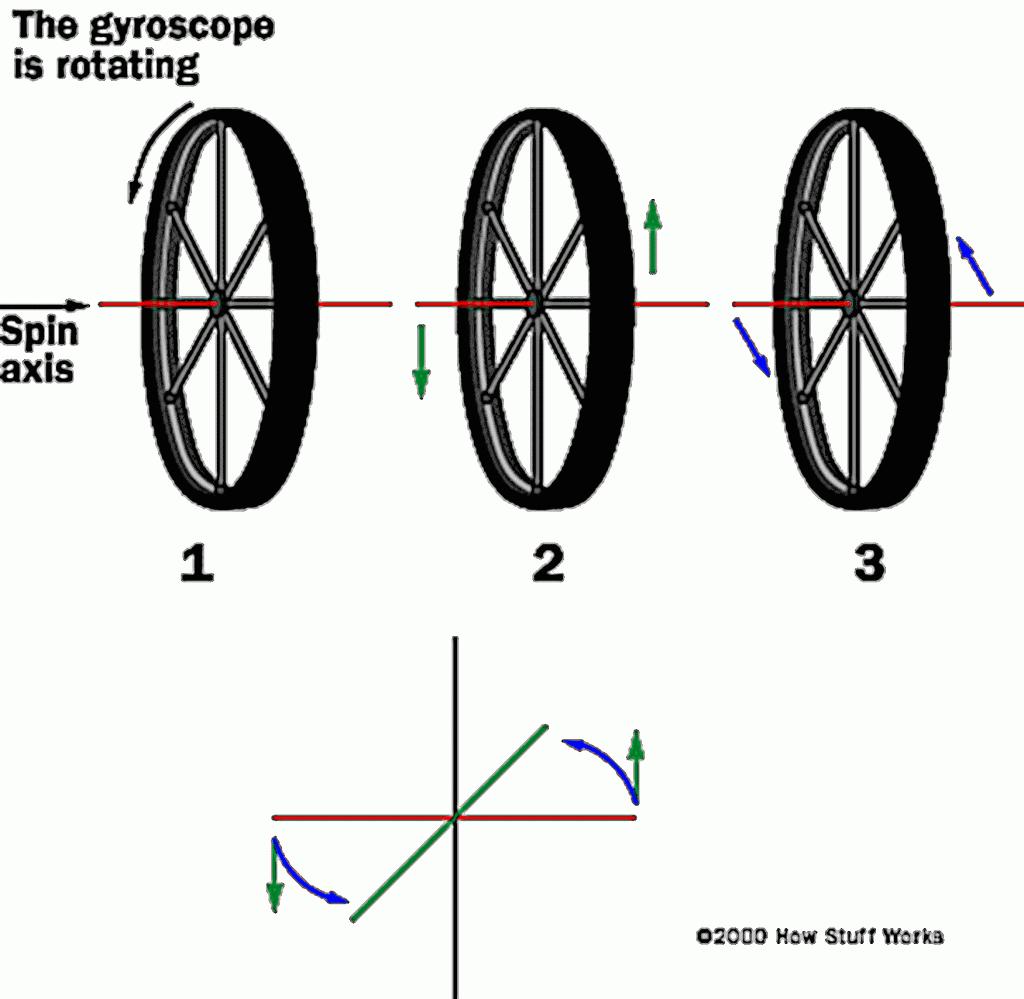Jennifer Angelina demo’ing push steering for the class
Push Steering or Counter Steering?
“Tom-ay-to, Tom-ah-to” – Both Terms Mean the Same Thing
Push steering, or countersteering – this is a label that seems to boggle most minds of riders because the actions behind it seem counterintuitive. You look right, push the bar right and the tire goes left.
Most people will assume you will go in the direction of the tire, but that’s not true because steering three and four wheeled vehicles is different than two wheeled machines for a few different reasons. Mastering this will contribute to keeping you safe at the end of the day.
Most single vehicle cornering accidents occur because of an error in judgement and lack of knowing how to correct mistakes or prevent them. But before I get into the technical/physics side of things, I’ll explain in simpler terms for on-road application as dirt has similar but different techniques
Look Left, Push Left & Look Right, Push Right
Jennifer Angelina giving a demo on the scooter of countersteering
That’s all there is too it. The key is trusting yourself, keeping aware of body positioning and really turning your head to look where you want to go (not just looking with your eyes).
Don’t over lean, don’t exaggerate anything as pretty much turning your head and applying pressure to the handlebar on the side you want to turn. This only works when you are going over 10 MPH (or 15 KPH for us Canadians).
Basically the faster you are going, the more force you need to apply to the bars. There will be the same amount of grip on the tires as long as the traction, surface, and speed are maintained. Any change in those three things requires adjustments on the riders side to prevent them from going down.
Basic rules are set your speed before the corner, look and push to maintain the curve and accelerate out of the corner. This is very simplistic as there are a number of things to keep in mind such as change in weather, obstacles, traffic, corner angle changes (wide to a tight turn for example).
Car vs Bike Tire Differences: A Little Science Lesson
Passenger Car Tire Contact Patch
Passenger Car Tire Diagram via The Vog
Motorcycle Tire Contact Patch
Motorcycle Tire Diagram via Honda Shadow
Motorcycle Tire vs Passenger Car Tire Use Range
Motorcycle vs Passenger Car Tire Diagram via Honda Shadow
Gyroscope Rotating on its Spin Axis
“The Gyroscope is Spinning on its Axis” via Auto – How Stuff Works
Why do you steer the direction you want the car to go, but push the motorcycle tire in the other direction? I’ll try to explain this in the simplest terms I can think of. Moving tires creates a gyroscopic effect.
For those of you not familiar with a gyroscope is a spinning wheel or disc where the axis of rotation is free to take any positioning itself. For motorcycles, it is the connection of the tires to the frame/forks. To get that axis to turn, an opposite force needs to be applied as this is the “push” part of push steering.
Passenger vehicles, because there are four wheels, it does not need to tilt to turn, but rather shift forces on the tires. Tires create a centrifugal force (force moving outwards on a rotating body) which translates to the tires propelling the vehicle forward.
To turn, the tires face a separate direction and friction is what acts as an opposite force to keep the tires from just sliding in the original direction. Friction prevents motion which acts the opposite way of the force it’s trying to stop.
There is something called static friction on the four patches of rubber that pulls the tire forwards and when those tires turn, it creates an interia always acts opposite of the force imposed on it. It prevents what’s called a perpendicular velocity component (without friction or an opposing force, the vehicle would continue to slide in the original direction regardless of the way the tires are turned, but friction is everything) and causes the body in motion to change direction.
Motorcycles have the same physics principal, but with two wheels, there isn’t other perpendicular forces to create friction like four wheels would. With push steering, all you are doing is offsetting the natural alignment to create an opposite force to turn the bike and lean it in the direction you want it to go.
Practice in a safe area away from obstacles always helps, and taking a course helps gain and maintain valuable skills that cannot simply be explained. While the science behind it can get people’s heads spinning, it’s better just to do it and see. As long as there’s forward momentum, the bike will not fall over simply by applying the opposite force – momentum needs to be suddenly changed or stopped to create a crash.
“Does Sticking Your Knee Out While Making Corners Help?”
No.
This is a question I get asked a lot, and basically touching the knee is only useful on the track There are very good reasons for this, which I won’t get into in a beginner article. Basically knee dragging is a by product of hanging off the motorcycle in high speed turns and proper body positioning to optimize your turn angle.
You should not do this in the streets as there are way too many obstacles to kill you if you make a little mistake or worse, something out of your control happens. Take a track course, go try it on a track day where there are volunteers and mentors and people who are able to be there in the blink of an eye if something were to go wrong.
Motorcycling is an inherently risky sport, we all know that and why add to the already long list of things that can go wrong. Keeping your knees in and feet (weight even) on the pegs/boards is best for street riding as it allows the most control and still enables your upper body movement.
This in addition to other techniques I’ve mentioned in previous articles combines to create a fairly proficient riding experience. Safe riding everyone!

